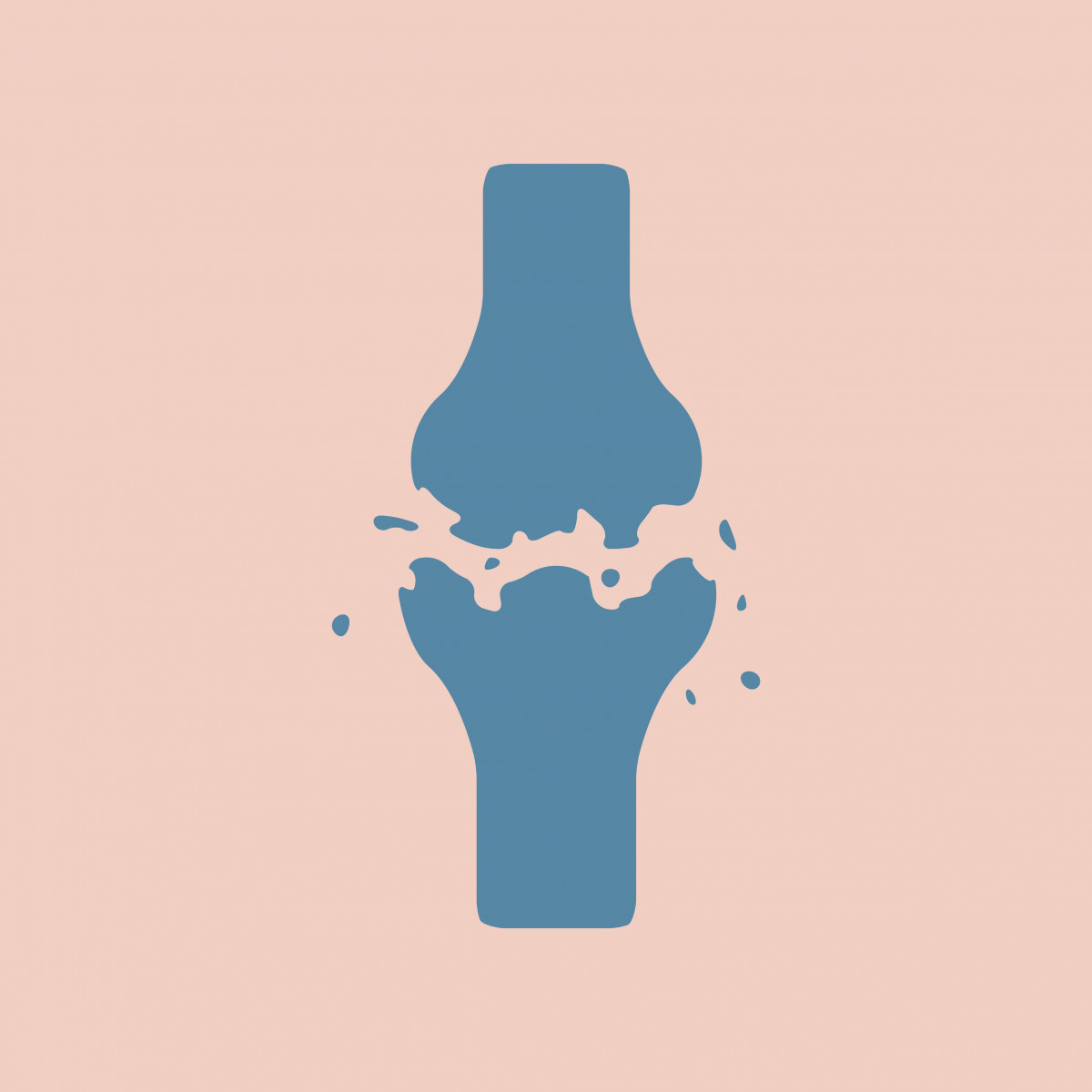Study Suggests Ultrasound Technique as Radiation-free Way to Monitor Bone Health

A recent ultrasound technique, called bi-directional axial transmission (BDAT), is a radiation-free way to help evaluate bone health and monitor treatment response in people with X-linked hypophosphatemia (XLH), a study suggests.
The study, “Decreased Compressional Sound Velocity Is an Indicator for Compromised Bone Stiffness in X-Linked Hypophosphatemic Rickets (XLH),” was published in the journal Frontiers in Endocrinology.
XLH is characterized by abnormal processing of phosphate in the kidneys. Insufficient phosphate in the blood leads to growth stagnation, as well as rickets and osteomalacia — the abnormal softening of bones, making them more prone to fractures and less able to heal when damaged.
Low phosphate levels also lead to deformities in the bones, such as those in the legs, causing impaired mobility. Bone imaging in children with XLH to assess bone mineralization is an important early step to monitor disease progression and response to treatment before a potential surgical intervention.
However, with current imaging techniques, including CT scans and MRI, the level of bone mineralization is assessed indirectly, by the number of deformities. Dual-energy X-ray absorptiometry (DXA), another imaging technique where low-dose X-rays are used to measure bone mineral density, can also be used in XLH. However, the results of DXA imaging in XLH are hard to interpret, and “may not accurately portray bone mineralization,” researchers wrote.
A more direct way to evaluate mineralization would be valuable, especially during a pre-surgical examination.
High-resolution peripheral quantitative computed tomography, or HR-pQCT, is a more recent type of CT scan capable of “visualizing” the bone in great detail, assessing not only its shape but also density and the fine details of the bone’s architecture.
During the last decade, BDAT was developed to improve the accuracy and precision of ultrasound to assess bones. Specifically, this technique measures the average speed at which the ultrasound waves propagate along the bone, in two directions (bidirectional).
The speed of the first-arriving signal, called νFAS, is directly linked to the bone’s cortical (outer) stiffness, porosity, and thickness.
In the pilot study, researchers in Austria and Germany used BDAT ultrasound for the first time as well as HR-pQCT scanning to evaluate the distal radius (bone in the forearm) and left tibia (shinbone) in eight XLH patients (mean age 12.9) and 29 healthy controls, matched for age and sex.
They hypothesized that bone abnormalities in XLH patients would affect the ultrasound waves’ propagation on the bone, as shown by decreased νFAS delivered at a speed of 1 megahertz. Tiny alterations in the bone’s architecture would be visible in the HR-pQCT.
All XLH patients had received conventional treatment with phosphate and activated vitamin D since early childhood.
In total, the BDAT ultrasound of the radius and tibia was performed in the eight XLH patients and in 11 controls. Only the radius was analyzed in the remaining 18 controls.
Results showed significant differences in the radius and tibia between XLH patients and controls. Specifically, the mean νFAS was significant slower (3,599 m/s) in the radius of XLH patients than in healthy controls (3,866 m/s). In the tibia of XLH patients, νFAS was 3,578 m/s compared to 3,762 m/s in the controls. Notably, νFAS remained consistently lower in XLH patients across all ages.
The HR-pQCT scanning was performed in four XLH patients and four controls. In the tibia, the thickness of the spongy (trabecular) bone was 16.7% higher in XLH patients than in controls, a significant difference. The same parameter was also 33% higher in the radius of XLH patients vs. controls, but this was not statistically significant. The tibia’s thickness also tended to be higher (18.8% higher) in XLH patients.
Overall, the results suggest that BDAT ultrasound is a potential radiation-free tool to monitor treatment response in XLH patients “to improve treatment guidance and to evaluate novel therapeutic options,” the scientists wrote.
“Further studies are needed to establish this affordable and time efficient method in the XLH patients,” they added.






